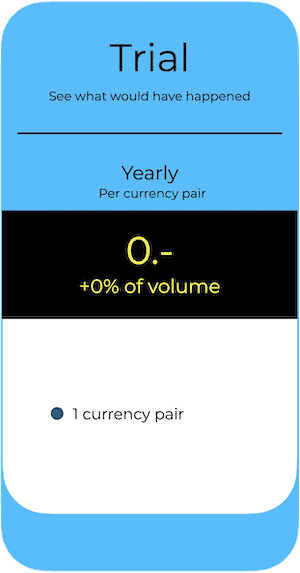Emerging markets generally experience gains in value during periods of relative weakness in the USD. Over the past 18 months, the Fed’s failure to significantly cut interest rates, unlike in Europe and Asia where inflation rates fell more sharply, has had a negative impact.
During this period, emerging market central banks such as Brazil’s felt compelled to raise interest rates, partly because inflation was falling. Brazil now has one of the highest real interest rates globally, which has stabilised its currency. Now that US interest rates are beginning to fall, scope is created for interest rate cuts in Latin America and emerging markets in general.
If Inflation Remains High in the US, This Will Not Change the Trend Toward Stronger EM Currencies
Overall, we have reached a point where many market participants in Western economies are rightly questioning the sustainability of debt levels. Over the past 15 years, many emerging markets have significantly improved their fundamentals, particularly in comparison to the deteriorating conditions in developed markets such as the US, France, the UK and Canada.
It is too early to say that many market participants have recognised that, in the future, it will be a matter of assessing relative security rather than apparent absolute security.
The ‘geopolitical patchwork quilt’ will have serious consequences for how internationally active capital investors think and act.
I expect international investors to gradually change their approach and adopt a more diverse range of assets than we have seen in recent years.
Capital concentration in the US Has Now Reached its Peak
Today, absurdly high values have been reached (the US stock exchange has a share of over 70% in the international stock market weighting). It is impossible not to recognise this today unless you are completely ignorant and ideologically blinded. Ultimately, international capital allocators cannot remain ignorant, and ideology does not protect against reality. It is already clear that awareness is growing. Large investors are increasingly refusing to follow central banks and are no longer buying long-term government debt, even though central banks are lowering short-term interest rates. Three years ago, large investors suffered losses of up to 50% on 30-year bonds, not only in the US, but in Germany too. Losses of this magnitude raise questions. Did those responsible act professionally or naively? It would have been interesting to sit in on some investment committee meetings to see how the sparks flew. I doubt there were any heated exchanges — after all, ‘everyone’ was wrong (except those who had read my books). However, the usual reaction to substantial losses is to refuse to take such risks if there is even a slight possibility of further losses.
The Outlook for Ongoing Economic Growth in the West is Exerting Pressure on Long-Term Interest Rates
There is no indication that the global economy will experience a downturn in 2026. The substantial increase in debt in the US and Europe is expected to have a positive impact on the economy. This means that inflation will remain above 3% in the US at least, and long-term interest rates should provide a buffer of 1.5–2%. Consequently, 30-year interest rates in the West are more likely to rise than fall. This makes local currency bonds in emerging markets interesting, as such long maturities do not exist there (they are considered too risky), but high profits are foreseeable for 3–8 year maturities due to enormously high real yields, should central banks use the scope for interest rate cuts. This will lower EM bond yields and cause bond prices to rise. This will subsequently lead to greater demand for currencies and rising FX rates, especially against the US dollar.





